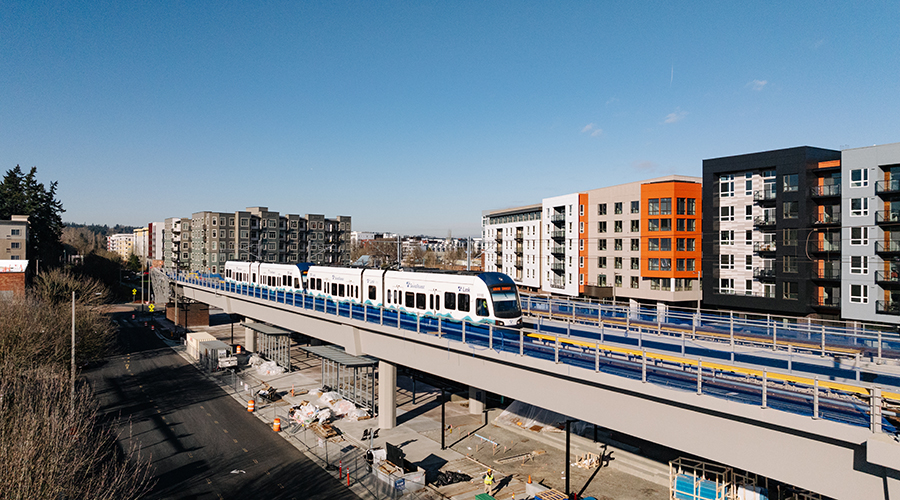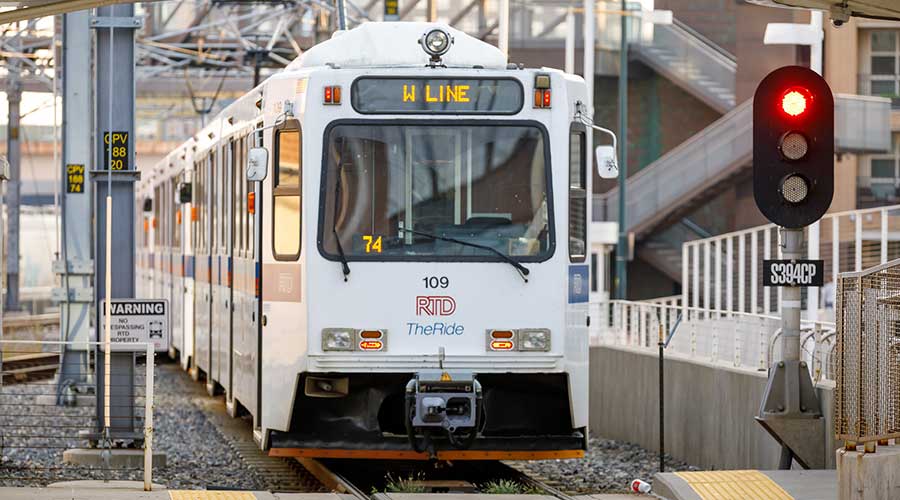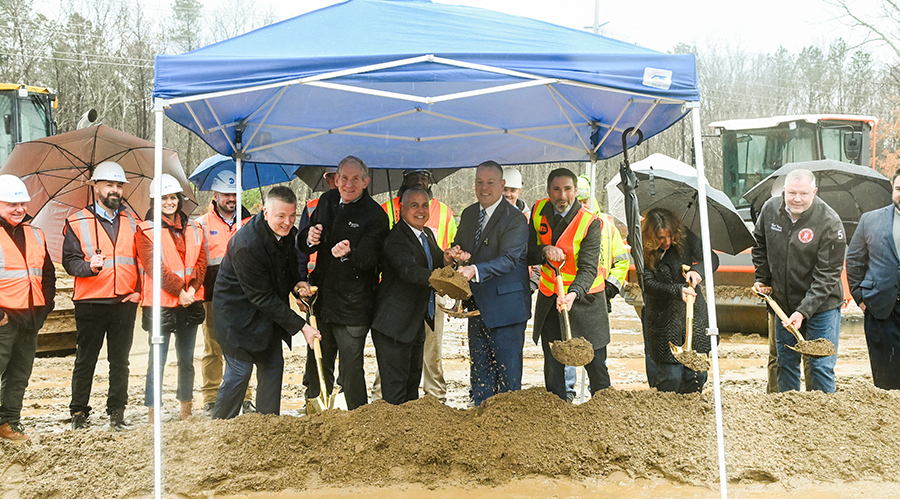Stay updated on news, articles and information for the rail industry
5/10/2016
Rail News: Intermodal
IANA: Intermodal volumes up 2 percent in Q1
First-quarter 2016 intermodal volumes rose 2 percent compared with the same period in 2015, underscoring intermodal's "core strengths" despite weaker results in the trailer segment, according to the Intermodal Association of North America's (IANA) Market Trends and Statistics report.
Although intermodal trailer volumes dropped a "significant" 24.4 percent, the market segment represented the smallest portion of total intermodal shipments and has been losing ground over the past several years, IANA officials said in a press release.
Domestic container loads rose 6.4 percent to 1.8 million containers and international volumes climbed 3.8 percent to 2.08 million containers, netting a 2 percent total growth for the quarter compared with a year ago, they said.
Total container shipments — domestic and international combined — increased about 5 percent for the quarter, said IANA President and Chief Executive Officer Joni Casey.
"And while influenced by comparisons to last year when we were dealing with port congestion issues, we're cautiously optimistic about this year's growth potential," said Casey.
The seven highest-density trade corridors — which accounted for 63.4 percent of total intermodal volume — rose 4.7 percent.
Growth rates for individual corridors varied widely, but all were positive. The Midwest-Southwest lane, which had the highest overall share of volume, grew 8.7 percent on container traffic. The Midwest-Northwest corridor increased 10.1 percent, reflecting the strength of both international and domestic containers, according to the report.
Weak international container imports incurred negative growth in specific regions including Mexico. Exposure to trailer declines affected the regional picture more broadly. Still, the Mountain, Central, Northwest, Southwest and Eastern Canada regions all had significantly greater than average intermodal growth rates.


 LRW Honors Amtrak’s Acheson As Railway Woman Of The Year
LRW Honors Amtrak’s Acheson As Railway Woman Of The Year
 From Editor-In-Chief Foran: Of Gender Equity And Inclusion
From Editor-In-Chief Foran: Of Gender Equity And Inclusion
 Spotlight On Some Of Today’s Rail Safety Products
Spotlight On Some Of Today’s Rail Safety Products
 Women of Influence in Rail eBook
Women of Influence in Rail eBook
 railPrime
railPrime







